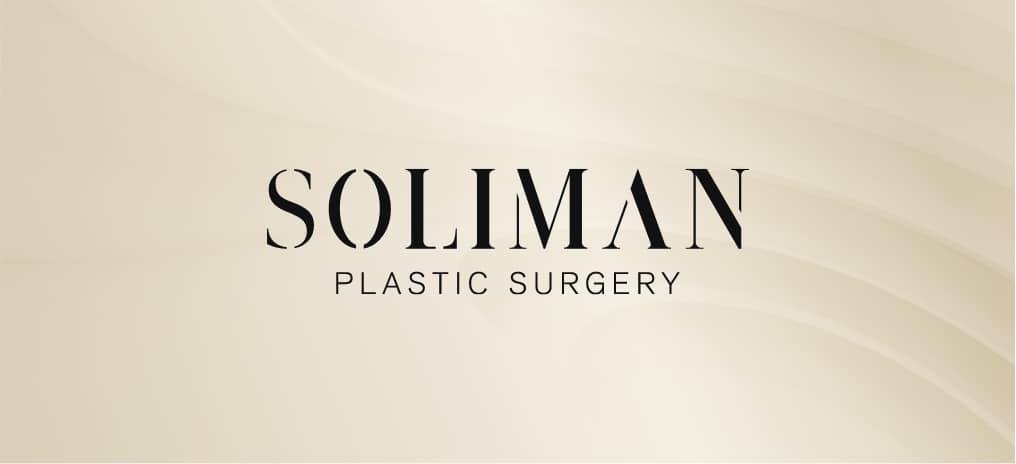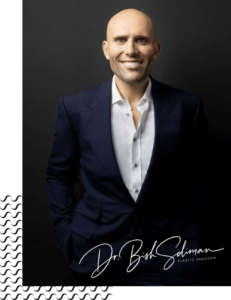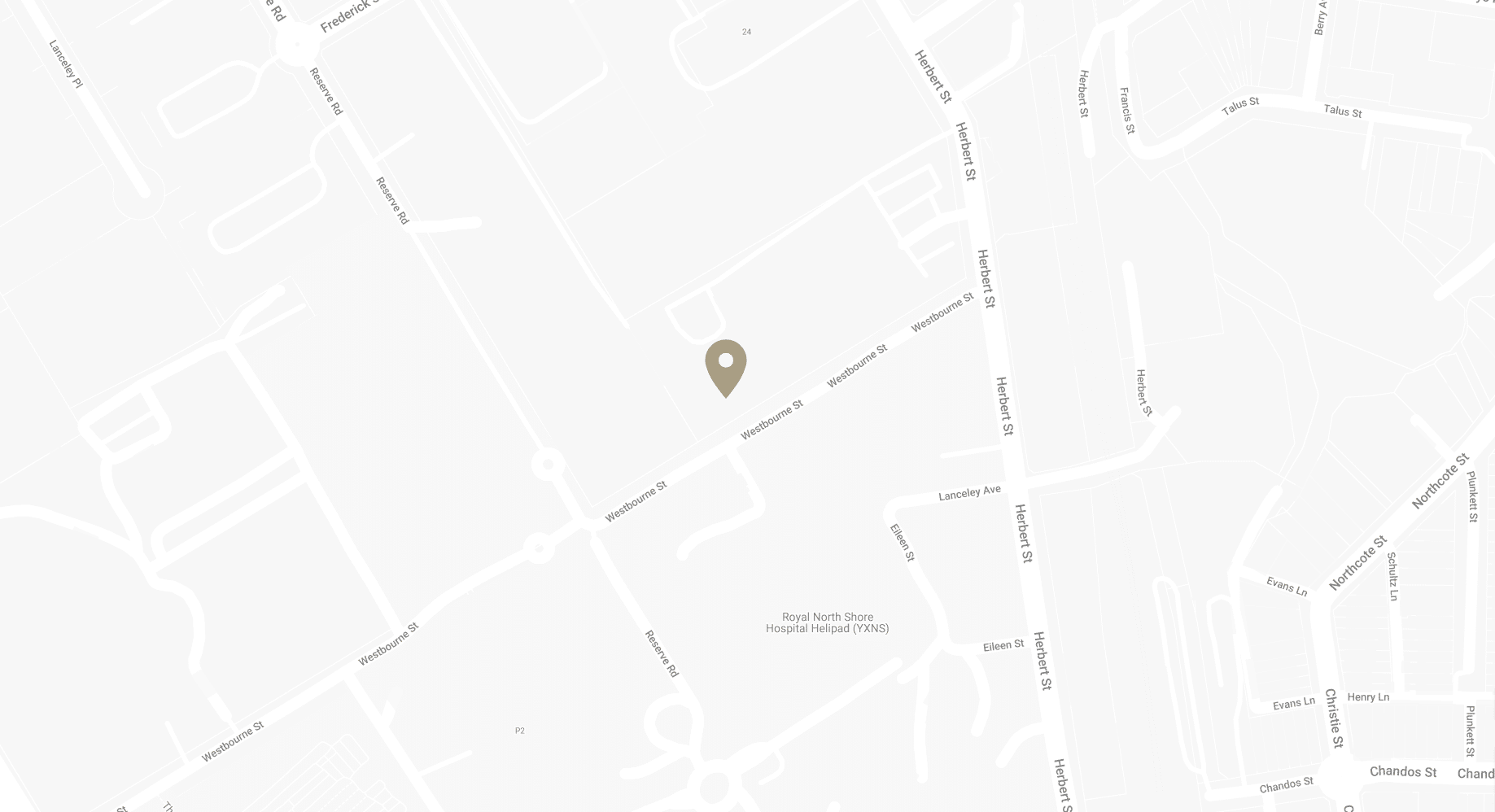Eyelid Lift Surgery: Why Bruising Occurs and How to Minimise its Impact
Eyelid lift surgery is a procedure that aims to alter the appearance of your eyelids. Whether you’re dealing with saggy upper lids (ptotic eyelids) or puffy bags beneath the eyes, this surgery can provide a solution. However, as with any surgical procedure, it’s crucial to understand every aspect, including potential side effects such as swelling and bruising after eyelid lift surgery.
This blog will explore the causes of bruising and swelling after blepharoplasty, discuss tips to reduce swelling and bruising after surgery, and the importance of post-operative care. You will also learn about common myths and misconceptions surrounding this issue.
Plastic Surgeon Dr Bish Soliman performs eyelid surgery, as well as other face, breasts and body procedures.
Download Dr Bish Soliman Blepharoplasty Guide

Causes of Bruising and Swelling after Blepharoplasty
Bruising and swelling are common side effects after any surgical procedure, including eyelid lift surgery. The primary cause is the body’s natural response to trauma, such as the incisions made during the surgical intervention. Your body rushes blood and other fluids to the area to start the healing process, which can cause temporary bruising and swelling.
Factors such as your age, overall health, and lifestyle habits can influence how much bruising and swelling you experience after surgery. For instance, if you smoke, your healing process may be slower, and you may experience more bruising and swelling.
Swelling and bruising after eyelid lift surgery occurs when blood vessels near the surface of the skin are cut during the procedure, causing blood to leak into the surrounding tissues. This blood is what gives bruises their characteristic blue, purple, or black colour.
The delicate nature of the skin around your eyes can make this area more prone to bruising. Moreover, gravity can cause the blood to pool in the lower eyelid or even under the eye, increasing the appearance of bruising.
The good news is that bruising is a temporary condition. As your body heals, it will gradually reabsorb the spilled blood, and the colour will fade. Usually, most of the noticeable bruising disappears within two weeks post-surgery.
How to Reduce Bruising and Swelling after Blepharoplasty
Although some level of bruising and swelling after blepharoplasty is inevitable, there are ways to minimise its impact. You should ensure that you are in good health before your surgery. Eating a balanced diet, exercising regularly, and getting enough sleep can all help your body recover faster.
You can also take certain steps immediately after your surgery. For example, applying a cold compress to your eyes can help reduce swelling and soothe the area. Keeping your head elevated, especially when sleeping, can also help reduce swelling by preventing fluid from pooling around your eyes.
At the same time you should avoid activities that can increase blood flow to your eyes, such as bending over or intense exercise. These can exacerbate swelling and prolong the healing process.
Tips to Manage Bruising after Eyelid Lift Surgery
While it’s natural to want to hide your bruising after eyelid lift surgery, it’s crucial to resist the urge to apply makeup or other products until your plastic surgeon gives the go-ahead. Introducing foreign substances can irritate the sensitive post-surgery skin and potentially lead to infection.
Instead, focus on gentle care. Clean the area as directed by Dr Bish, and use any prescribed ointments or eye drops. Do not rub or scratch your eyes, even if they itch. This can worsen bruising and delay healing.
And remember, patience is key. Healing is a process, and it can’t be rushed. While it might be frustrating to wait for the bruising to fade, remember that it’s a temporary condition and a sign that your body is recovering.
Medical Treatments for Swelling after Blepharoplasty
If you’re experiencing severe swelling after blepharoplasty, Dr Bish may recommend certain medical treatments. These can include prescription medications to reduce inflammation or specialised eye drops to soothe irritated eyes.
In some cases, a short course of oral steroids may be recommended to help control severe swelling. These are typically used as a last resort due to their potential side effects.
Keep in mind that these treatments are not a substitute for proper post-operative care. They should be used in conjunction with the recommendations provided by your plastic surgeon for the best results.
Post-Operative Care to Reduce Swelling and Bruising after Blepharoplasty
Post-operative care is crucial in minimising bruising and swelling after blepharoplasty. By following your plastic surgeon’s instructions, you can help ensure a smooth recovery and reduce the risk of complications.
This can include using any prescribed medications, applying cold compresses, and avoiding certain activities. Additionally, maintaining a healthy lifestyle, such as not smoking and eating a balanced diet, can also aid your recovery.
Keep in mind that your plastic surgeon’s instructions are tailored to your specific situation. Therefore, it’s important to follow them closely for the best outcome.
Myths and Misconceptions about Bruising after Eyelid Lift Surgery
Like any surgical procedure, there are myths and misconceptions surrounding the recovery process, especially concerning bruising. Let’s address some of these myths:
Myth 1: Everyone will have severe bruising after eyelid lift surgery.
Truth: While bruising is a common side effect of blepharoplasty, the severity and duration vary from person to person. Factors such as the individual’s skin type, age, overall health, and the plastic surgeon’s technique can influence the extent of bruising.
Myth 2: Bruising indicates a poorly performed surgery.
Truth: Bruising is a natural response to trauma and is not indicative of the quality of the surgery. It results from blood vessels being disrupted during the procedure. A skilled plastic surgeon may minimise bruising, but it’s not entirely avoidable.
Myth 3: Applying ice immediately after surgery will prevent all bruising.
Truth: While applying cold compresses or ice can reduce swelling and potentially reduce bruising, it won’t prevent it entirely. It’s essential to follow post-operative care instructions, which often include using cold compresses, to aid in the healing process.
Myth 4: All bruising will disappear within a week.
Truth: The duration of bruising varies. For some, it may last a week, while others might experience discoloration for several weeks. Factors like age, skin type, and individual healing processes play a role in how quickly bruising resolves.
Myth 5: Makeup can be immediately applied to hide the bruises.
Truth: While makeup can be an effective way to conceal bruises once they start healing, it’s essential to wait until the surgical site is fully healed before applying any cosmetics. Applying makeup too early can introduce bacteria and irritate the sensitive post-surgical skin.
Myth 6: Over-the-counter creams and ointments can speed up the disappearance of bruises.
Truth: While some creams claim to reduce bruising, it’s essential to consult with the plastic surgeon before applying any product to the surgical site. Some products might interfere with the healing process or cause irritation.
Myth 7: If you don’t bruise after surgery, you’re healing faster than others.
Truth: Lack of visible bruising doesn’t necessarily mean the internal healing process is faster. Every individual’s body responds differently to trauma, and the absence of bruising is just one aspect of the recovery process.
It’s important to have realistic expectations and be well-informed about the recovery process after eyelid lift surgery. Consulting with a specialist plastic surgeon and following post-operative care instructions can help ensure a smooth recovery and optimal results.
FAQs about Bruising and Swelling after Eyelid Surgery
Is bruising and swelling normal after eyelid surgery?
- Yes, bruising and swelling are common and expected side effects after undergoing eyelid surgery (blepharoplasty). The skin around the eyes is delicate, making it more prone to these reactions post-operatively.
How long will the bruising and swelling last after the procedure?
- The duration of bruising and swelling can vary from person to person. Typically, the most significant swelling subsides within the first week after surgery. Bruising can last anywhere from a week to two weeks. By the third week, most of the noticeable swelling and discolouration should have diminished. However, minor swelling may persist for several weeks to months as the area fully heals.
Should I be concerned if the bruising and swelling seem excessive or uneven?
- Some asymmetry in bruising and swelling is normal immediately after surgery. However, if you observe excessive swelling, increased pain, a sudden change in vision, or any discharge from the surgical site, it’s crucial to contact your plastic surgeon immediately, as these could be signs of complications.
When can I start using makeup to cover up the bruising?
- It’s generally recommended to wait until the sutures are removed and the incisions have sufficiently healed before applying makeup. This typically means waiting for at least a week after surgery. Make sure to consult with Dr Bish to get personalised advice on when it’s safe to start using cosmetics on the surgical area.
Further Reading about Face Procedures with Dr Bish Soliman
- Read Dr Bish’s Blepharoplasty Surgery Page
- Read Dr Bish’s Lip Lift Surgery Page
- Read Dr Bish Soliman’s Blog about What are Hooded Upper Eyes and How to Correct Them
- Read Dr Bish Soliman’s Blog about How Painful is it to Get Blepharoplasty Stitches Removed?
- Read Dr Bish Soliman’s Blog about Complications of Blepharoplasty and How to Avoid Them
- Read Dr Bish Soliman’s Blog about Getting Back to Exercise after Blepharoplasty Surgery
- Read Dr Bish Soliman’s Blog about Biggest Mistakes Surgeons Make with Blepharoplasty Surgery



